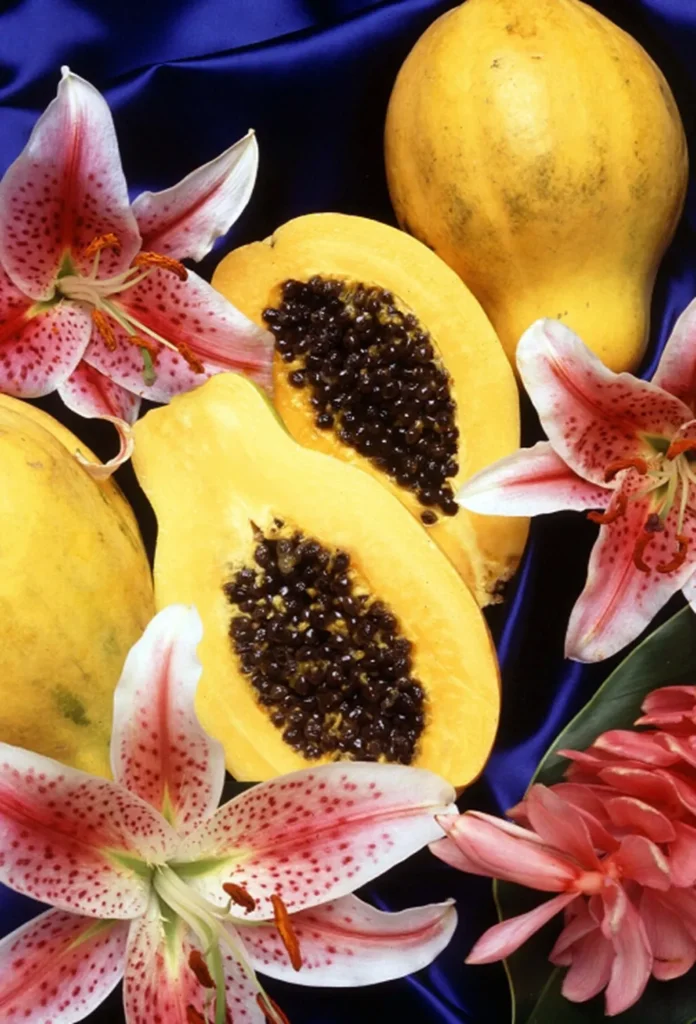In the lush, tropical landscapes where papaya thrives, a team of researchers has unlocked new insights into the genetic blueprint of this economically vital fruit. Led by Yajin Chen from the Hainan Key Laboratory for Biosafety Monitoring and Molecular Breeding in Off-Season Reproduction Regions, the study delves into the chloroplast genomes of 17 papaya cultivars, shedding light on their evolutionary relationships and paving the way for more resilient and productive crops.
Papaya, one of the “three major tropical herbaceous fruit trees” alongside banana and pineapple, faces significant challenges due to limited genetic diversity. Monocultures and barriers to interspecific hybridization have hindered yield, quality, and disease resistance. “Understanding the genetic diversity and evolutionary relationships among papaya cultivars is crucial for developing strategies to improve these aspects,” Chen explains.
Using Illumina sequencing technology, the team sequenced and analyzed the chloroplast genomes of various papaya cultivars, including commercial varieties like ‘Guangmi’ and ‘Tainong’. The chloroplast genome, a critical component of plant cells responsible for photosynthesis, showed a conserved tetrad-loop structure encoding 131 functional genes. Phylogenetic analyses using maximum likelihood (ML) methods revealed the evolutionary relationships among the cultivars, resolving two major clades.
One of the most significant findings of the study is the identification of hypervariable non-coding regions within the chloroplast genomes. These regions can be harnessed to develop high-resolution molecular markers, which are essential tools for marker-assisted selection in breeding programs. “By identifying these hypervariable regions, we can develop markers that will help breeders select desirable traits more efficiently,” Chen notes.
The team developed three molecular markers—trnG–trnR, rbcL–accD, and rpl12–rps19—that effectively distinguished key breeding lines, such as YZ1 and Tainong. These markers provide a robust toolkit for germplasm innovation and marker-assisted breeding in papaya, offering a significant boost to the agricultural sector.
The implications of this research extend beyond papaya. The findings serve as a reference for studying chloroplast resources in other tropical fruit trees, potentially revolutionizing the way we approach breeding and genetic improvement in these crops. “This study not only provides a theoretical foundation and technical means for the genetic improvement of papaya but also offers valuable insights for other tropical fruit trees,” Chen adds.
Published in the journal ‘Frontiers in Plant Science’ (translated to English as “Plant Science Frontiers”), this research marks a significant step forward in the field of agritech. By unlocking the genetic secrets of papaya, Chen and his team have opened new avenues for enhancing the productivity and resilience of this vital crop, ultimately benefiting farmers and consumers alike.
As the world grapples with the challenges of climate change and food security, such advancements in agricultural technology are more critical than ever. The work of Chen and his colleagues exemplifies the power of scientific research to drive innovation and shape the future of agriculture.

